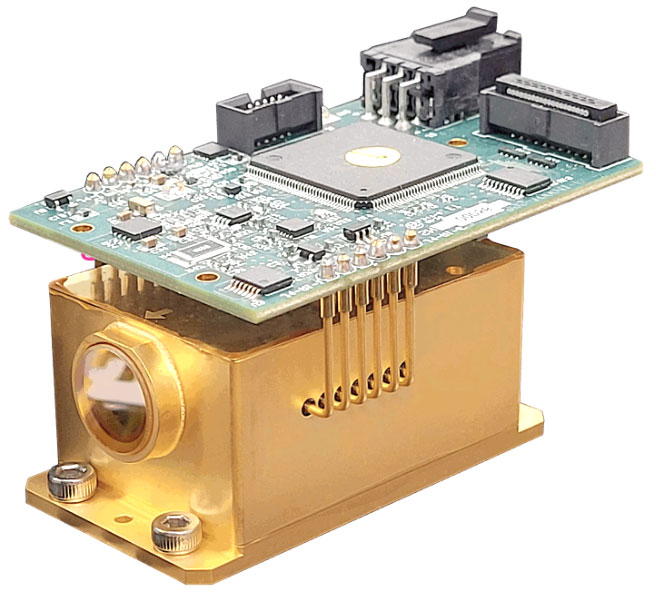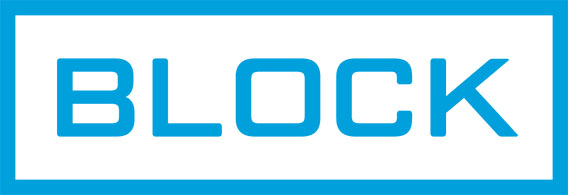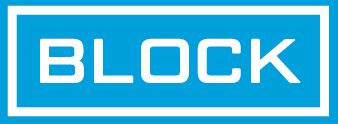What Is an External Cavity Quantum Cascade Laser (EC-QCL)?
 Certain lasers, including the quantum cascade lasers developed by Block, use an "external cavity" design. What is an external cavity laser? And what are the advantages of such a design?
Certain lasers, including the quantum cascade lasers developed by Block, use an "external cavity" design. What is an external cavity laser? And what are the advantages of such a design?
As background, lasers consist of an energy source, a gain medium, and an optical cavity.
A quantum cascade laser (QCL) uses a specially grown semiconductor chip which acts as the gain medium of the laser. The energy source of the semiconductor chip is supplied through external electric power.
The laser's optical cavity contains reflective surfaces which bounce the laser beam repeatedly through the gain medium. On each pass through the gain medium, the laser beam gains more energy.
The output of the laser is provided by a cavity mirror which is only partially reflective and which transmits a portion of the intracavity laser power.
Optical Cavity Designs
There are two common designs for the laser's optical cavity: a "Fabry-Perot" cavity, and an external cavity.
The simplest QCL utilizes a Fabry-Perot cavity in which the front and back faces of the semiconductor chip are the reflective surfaces of the cavity. This leads to a simple, self-contained design. However, spectral qualities of the output are not well controlled by this type of cavity.
Finer wavelength control can be achieved by incorporating the QCL chip into an external cavity (EC) which uses at least one reflective surface outside of the QCL chip as part of the optical cavity. This allows for the incorporation of diffraction gratings into the optical cavity to offer wavelength selection and wide tuning range.
A diagram of Block's external cavity quantum cascade laser is shown below.

Lenses are used to collimate light out of the QCL chip.
The left facet of the QCL chip is partially reflective. This allows it to act as the output of the laser beam, as well as one end of the laser cavity. The other end of the laser cavity is a diffraction grating. The orientation of the diffraction grating can be adjusted to tune the wavelength of the laser output.
Advantages of an EC-QCL
The wavelength of a Fabry-Perot QCL is only tunable over a small range, often by controlling the temperature of the QCL chip.
In contrast, EC-QCLs allow for much larger tuning ranges than Fabry-Perot QCLs.
Block's EC-QCLs can be tuned across a wide section of the mid-infrared spectrum by adjusting the angle of a diffraction grating. This allows researchers in fields like spectroscopy and imaging to choose precisely the range of infrared light that is most conducive for their applications.
So why don't all lasers incorporate external cavities?
Fabry-Perot QCLs are much simpler and compact in design. Many applications of QCLs — including illuminators and infrared countermeasures — do not need a tunable wavelength. Using a Fabry-Perot QCL instead of an EC-QCL saves space, complexity, and materials.
However, for spectroscopy, microscopy, and other scientific instrumentation applications, a wide tuning range is essential. External cavity lasers allow for the largest tunable wavelength range of QCL lasers.
Please contact us to discuss your application needs, or visit our MiniQCL lasers for manufacturers or LaserTune for researchers pages for technical information on our mid-infrared lasers.

